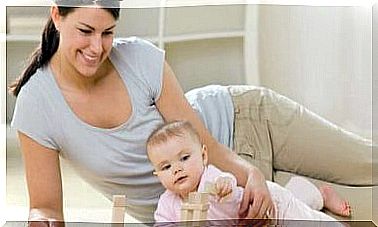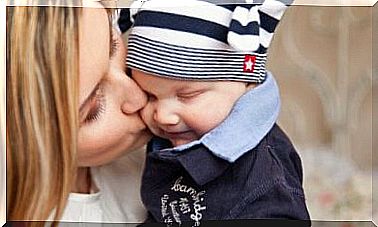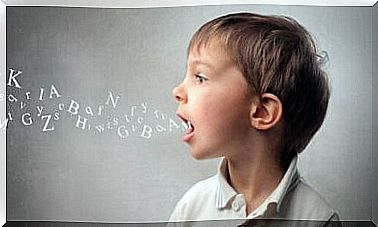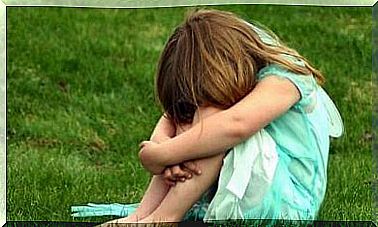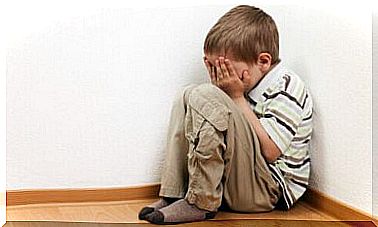Benefits Of Resistance Training For Kids – Parenthood
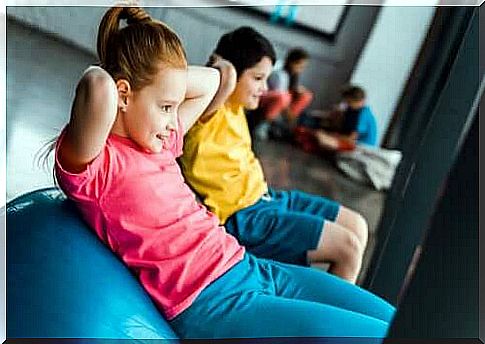
For many years, resistance training to increase muscle strength and resistance in children has been controversial.
However, today we know that resistance training is not only effective in increasing strength and muscle resistance in childhood. It also helps improve coordination and motor skills.
Nevertheless, it is important to take into account various precautions in order for strength training to be effective in children. This implies in particular to adapt the training to the age of the child.
Benefits of resistance training for children
Resistance training is a way to build muscle and strength using machines and rubber resistance bands or body weight. Children can do this type of training and get very interesting improvements and changes in their development.
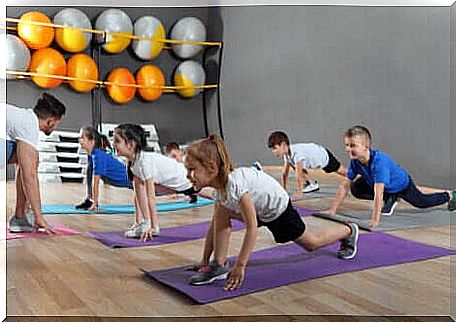
The mechanisms that alter strength in children are similar to those in adults. With one exception, since strength gains in children are obtained without change in muscle size.
Furthermore, resistance training for children may involve improvements in neural mechanisms. Especially :
- Improved coordination and motor skills.
- Better activation of the motor unit.
- Other neurological adaptations.
Likewise, strength training can help little ones improve their physical condition as well as their overall athletic performance. It also increases calorie burning and helps build stronger bones.
Plus, resistance training helps improve performance in any sport. Often times, it improves body composition, strength, aerobic capacity as well as anaerobic capacity.
Is he sure?
It is important to take into account that a child’s training program should not be a scaled-down version of an adult’s strength training. Children who train resistance need to learn proper technique and know how to use the equipment safely. Likewise, they must be under the supervision of a specialist trainer.
Knowing this, strength training for children is generally safe. If done correctly, resistance training does not damage growing bones. However, before starting strength training, it is essential to consult a doctor.
The best way to learn the proper technique is to do the exercises without any weight. Once the technique is mastered, it is possible to add weight or resistance. Keep in mind that children should not use machinery and equipment designed for adults.
On the other hand, resistance training for children should always be supervised. In this regard, it is important to stress that most injuries occur because a child was scattered and was not supervised.
What is the best age to start resistance training?
Resistance training can begin when the child can maintain their balance and control their posture. He must also be able to listen and follow instructions. This is often done around 7-8 years old. However, it depends on the maturity level of each child.
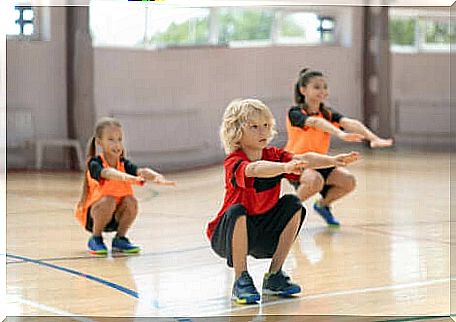
That said, although children under the age of 10 can build strength from resistance training, it is between the ages of 10 and 15 that children tend to be most interested in this type of training. .
Also, it is important to clarify that strength training for children is not weight lifting and has nothing to do with bodybuilding. The type of exercises and equipment used are adapted to the age, needs and possibilities of each individual. Hence the importance of having a specialized trainer.
About resistance training …
Many parents find that this type of training generates real change in their children. Not only in terms of athletic performance, but also in terms of confidence, focus and happiness.
However, it should not be forgotten that the objective of this training is not to train future small bodybuilders. But rather to improve strength, coordination and physical condition in a pleasant, safe and healthy environment.
Finally, it should be remembered that resistance training in children is only safe and beneficial if it is appropriate for their age. It must also be progressive and taught in a correct and adequate manner for the child.
